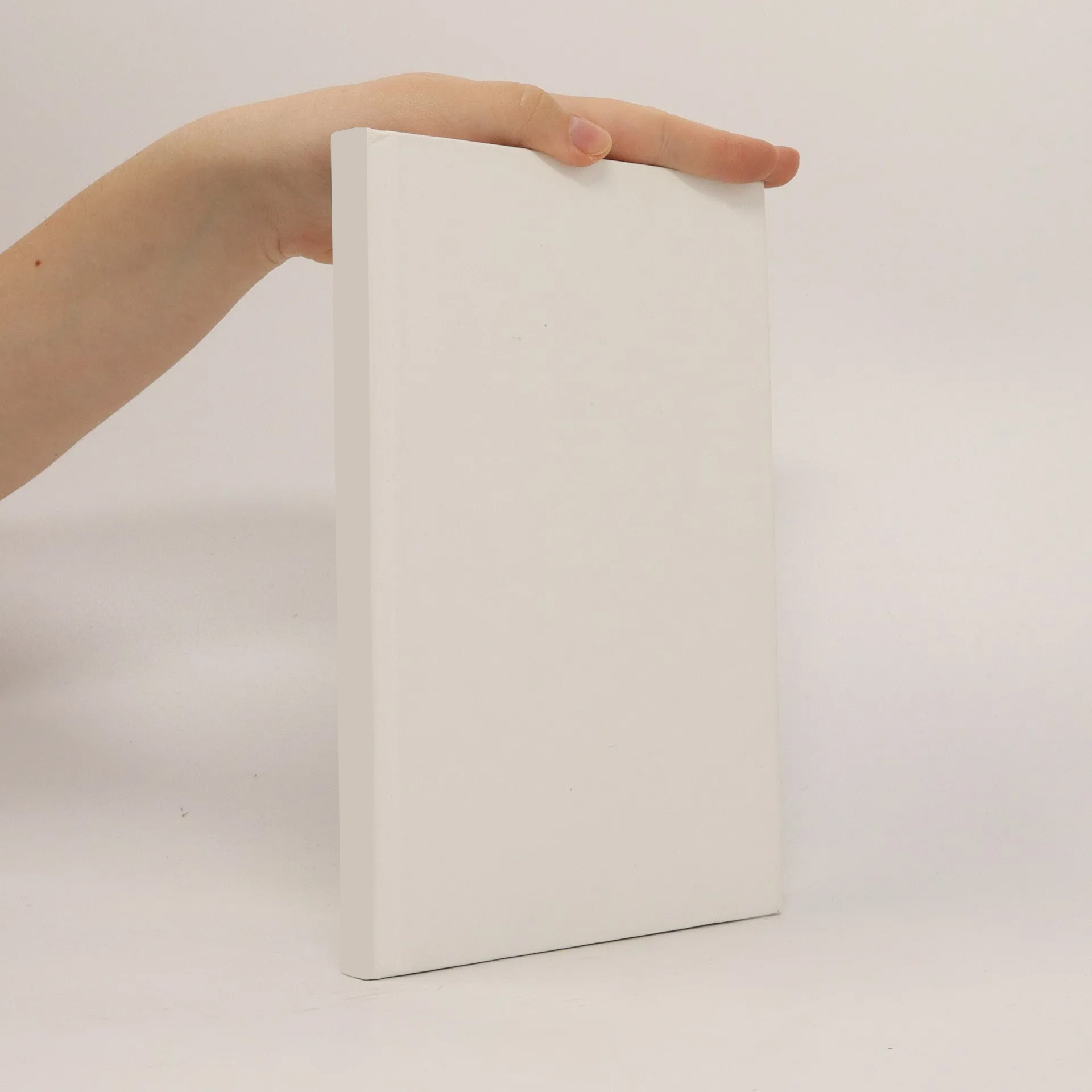
Parameters
More about the book
Sublimation (evaporation) is extensively utilized in various industrial applications, particularly in the sublimation of small particles, such as spray drying and fuel droplet evaporation. In recent decades, sublimation technology has been integrated with aerosol technology to produce products with specific compositions and morphologies. This doctoral thesis explores the experimental and theoretical aspects of sublimation kinetics of fine aerosol particles. The experimental work was conducted in a test plant with real-time control of critical parameters, including heating temperature, gas flow, and pressure, alongside online particle measurements using optical sensors. Key factors influencing sublimation, such as heating temperature, particle concentration, and aerosol residence time, were examined. Polydispersed particles, specifically inorganic NH4Cl and organic DEHS, were used as precursors. The study investigated how particle morphology affects sublimation, leading to the development of theoretical models that were validated against experimental data. Concentration changes of particles were analyzed, focusing on the relationship between total particle concentration and individual particles with varying diameters. The research also addressed the impact of increased surface area on sublimation kinetics and identified an intriguing Phase Transition Effect, akin to Ostwald ripening but with different underlying physics. Additi
Book purchase
Experimental and theoretical characterization on the sublimation kinetics of fine aerosol particles, Haomin Ding
- Language
- Released
- 2009
Payment methods
No one has rated yet.